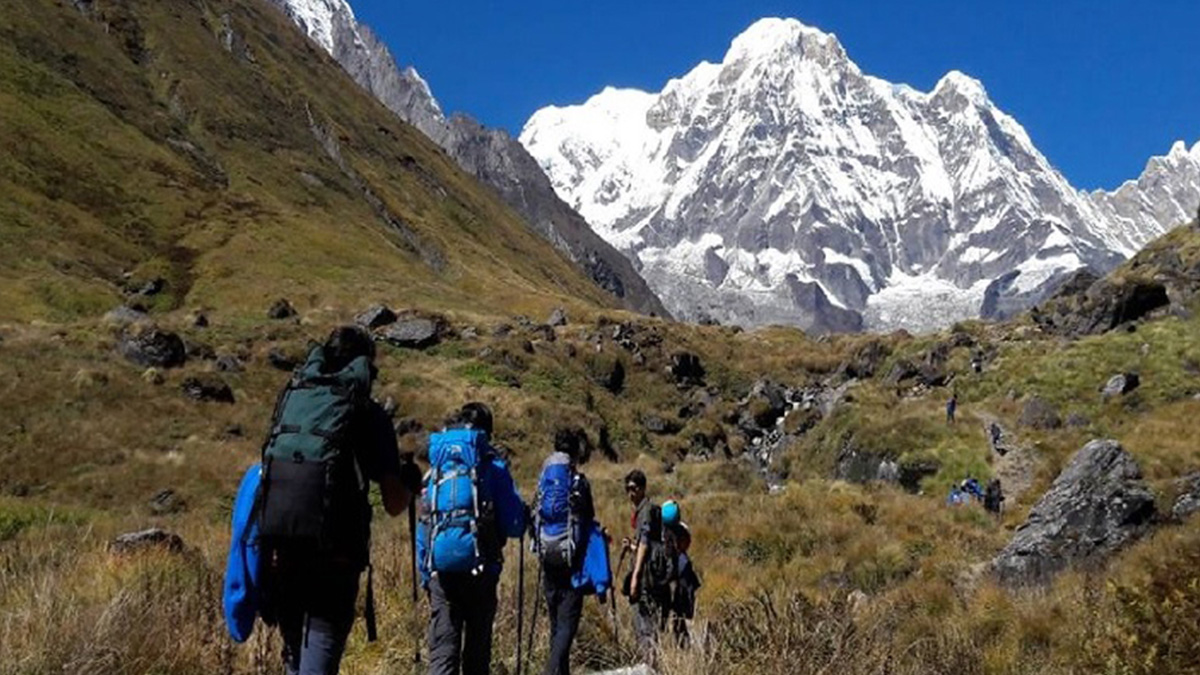
Annapurna Conservation Area Reports 21 Deaths Due to Altitude Sickness in Fiscal Year
The Annapurna Conservation Area, one of the world’s most renowned trekking destinations, recorded 21 deaths due to altitude sickness during the fiscal year 2080-81 BS (2023-24). Among the deceased, six were Nepali, according to Dr. Rabin Kadariya, Chief of the Annapurna Conservation Area Project (ACAP).
The fatalities included 11 Indian nationals, two Malaysians, one Ukrainian, and one Briton. The majority of the casualties occurred in the Muktinath area of Mustang, a region known for its challenging high-altitude conditions.
Dr. Kadariya emphasized the importance of taking special precautions when trekking at high altitudes. “A journey to a high altitude demands special care. It should be undertaken gradually, getting adjusted to the atmospheric conditions,” he advised. He also stressed the importance of descending immediately if altitude sickness symptoms arise.
Some of those affected by altitude sickness were rescued by helicopters, highlighting the severity of the condition. Dr. Kadariya noted that the ACAP began officially archiving such incidents only last year.
In a related incident, the human skeleton of a Swedish national, who had gone missing during a trek to Mardi Peak, was recently discovered after seven months.
Dr. Kadariya advised against trekking solo on long routes, recommending that trekkers travel in groups or with a guide to ensure safety.
The Annapurna Conservation Area welcomed 222,180 foreign tourists last year, with 117,845 coming from Asian countries and 104,256 from other regions. The highest number of arrivals, 35,265, was recorded in the month of Chaitra (March-April), while the lowest, 5,401, occurred in Shrawan (July-August), the first month of the fiscal year.
According to Dr. Kadariya, last year saw a significant increase in visitors compared to the previous fiscal year, with around 50,000 more people exploring the area. In the fiscal year 2079-80 BS (2022-23), a total of 172,510 people visited the Annapurna Conservation Area, including 89,777 from South Asia and 82,733 from other regions.
Spanning 7,600 square kilometers and covering 89 wards across 16 local levels in Kaski, Lamjung, Manang, Myagdi, and Mustang, the Annapurna Conservation Area is rich in natural beauty, biodiversity, civilization, unique mountain life, and culture. It remains one of the most sought-after trekking routes for adventurers from around the world.
- Controversy Over Yogi Adityanath’s Image at Former King Gyanendra’s Welcome Rally
- Nepal Secures Thrilling One-Wicket Victory Against Uganda in Women’s T20 Tournament
- Finance Minister Pushes for Bigger Projects in Upcoming Budget
- National Assembly Highlights Pressing Issues: From Monarchist Protests to Aviation Safety













Comments